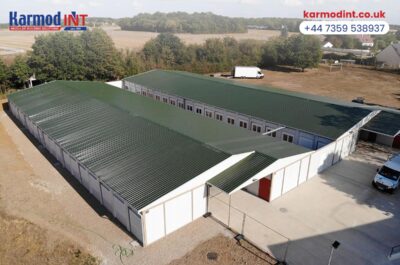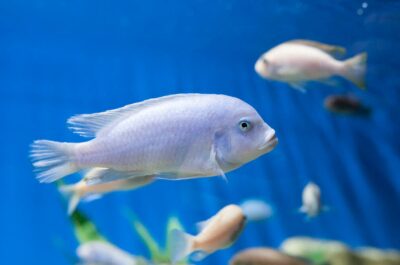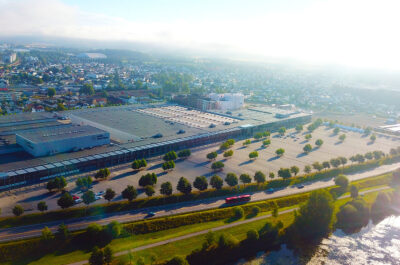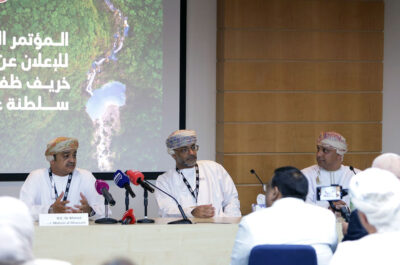Global food security has become a matter of concern since crop yields are declining and food prices are going up.
Crop yields are an important indicator of how well the agriculture sector is performing. Constant innovation and improvement of farming techniques, the introduction of fertilizers and pesticides, and the improved crop varieties have increased the agricultural output around the world.
But the onset of climate change has disturbed this steady upwards trend. Global food security has become a matter of concern since crop yields are declining and food prices are going up.
How crop yields have increased
Multiple factors have led to a steady rise in crop yields and increased agricultural productivity.
Mechanization
The use of machinery instead of traditional methods has increased the productivity of farmers. Traditionally the large landlords and farm owners were not able to cultivate on all of their lands because of limited manpower. But the introduction of machines such as reapers, threshers, and tractors has made the handling of farms easier.
Use of high yield varieties
The use of these varieties of crops has helped bring the Green Revolution in the 1950s and the 1960s. These varieties have high crop yields per hectare, they are resistant to diseases and responsive to fertilizers. Most of these varieties are available for staple crops such as wheat, maize, rice, soybean, and potato. The increased production of these crops has helped feed the booming population of our planet.
Fertilizers
The introduction of synthetic fertilizers in the 19th century has helped transform industrial agriculture. It gave them large crop yields consistently because the soil can be rejuvenated again by adding these fertilizers. The three basic macronutrients: Nitrogen, Phosphorus, and Potassium are widely available due to increased industrial production.
Herbicides and pesticides
The increased fertility of soil not only helped the growth of crops but it led to another problem: unwanted weeds. These weeds are removed with the help of herbicides. Selective herbicides are used to kill specific types of weeds.
Similarly, increased crop yields also made the plants susceptible to attacks by pests such as locusts. Pesticides are used to kill these pests and to reduce the chances of a spoilt crop.
Irrigation
One of the most significant factors is irrigation. Although humans have controlled freshwater bodies throughout history, modern irrigation methods have changed the dynamics. The building of dams and then connecting farmland with them through irrigation canals have been a common practice in the past century. Irrigation provides farmers with a water supply that is uninterrupted and all year round. It provides them with a sense of security since most high production crops need intensive irrigation.
Irrigation not only provides water to farmlands but has made it possible to turn barren wastelands into lush green landscapes. The reclamation of desert land has become possible. Also, climate change has made reliance on rainfall unreliable so irrigation provides a safety measure.
Education and research
Believe it or not, traditional methods were not so productive and practices involved reduced the yields. Modern education and research have enhanced the practices of farmers and increased crop yields. Science and technology can predict the outcomes and help the farmers tailor their approach according to what is needed.
What is climate change and how it affects crop yields?
Climate change is the phenomenon that is taking place due to global warming driven by human activities that release greenhouse gases resulting in changing weather patterns.
In the last two centuries, humans have exploited the resource of crude oil extensively and this has led to the release of greenhouse gases into the atmosphere. Another contributing factor is deforestation because it has reduced the number of trees that can absorb CO2.
These greenhouse gases trap the incoming heat from the sun and warm our planet. This warming up has led to large-scale shifting of weather patterns. The weather has become unpredictable and climatic conditions are changing. Tropical regions are turning into deserts and colder regions are becoming warmer. Precipitation forms are changing and becoming abrupt disturbing human activities around the globe.
Climate change is also affecting crop production and crop yields. Variance in temperature can have negative effects on plant growth. This is because if the average temperature increases some plants cannot survive it and it can affect the process of photosynthesis in them. Even if it doesn’t die the plant will have a reduced yield. Similarly, frosty conditions can also hinder growth.
Another consequence of climate change is abnormal rainfall. Rainfall is an important part of agriculture input, but unexpectedly high rainfall can lead to flooding of fields. It can also lead to flooding of rivers and cause the flooding of the floodplain. This can affect harvest and damage the standing crops.
Some farmers are reliant on rainfall. Rainfed areas do not have access to modern irrigation and if the rainfall does not occur at the expected time it will dry out the crops.
Some places have mixed effects due to climate change. In some areas of the US climate change is causing a small net increase in yields. But there is also a decrease in yields in some Corn Belt states, such as Indiana and Illinois. These gains and losses can be attributed to favorable and unfavorable weather conditions. Corn fares better in mild temperatures and more moist climates.
How to reduce the effects of climate change
Farmers are turning towards drought-resistant varieties so they can fare better in dry climates. They are also using modern forms of irrigation methods such as drip irrigation and sprinkler systems to provide proper hydration to crops.
The use of modern forecast systems can help farmers to prepare for weather conditions in advance. Online tools such as the corn yield estimation calculator can help them predict the harvest yield. These are just some of the ways they can fight against climate change and increase crop yield.
But at the same time, the need of the hour is to invest in strategies to stop climate change. The governments and organizations should encourage the use of greener technology, they should also increase the pace of shift from fossil fuels to renewable energy resources. We should remember that our planet is our only chance at survival and we should leave no stone unturned in efforts to save it from destruction.
Photo by Bill Oxford on Unsplash




























































































































































































































